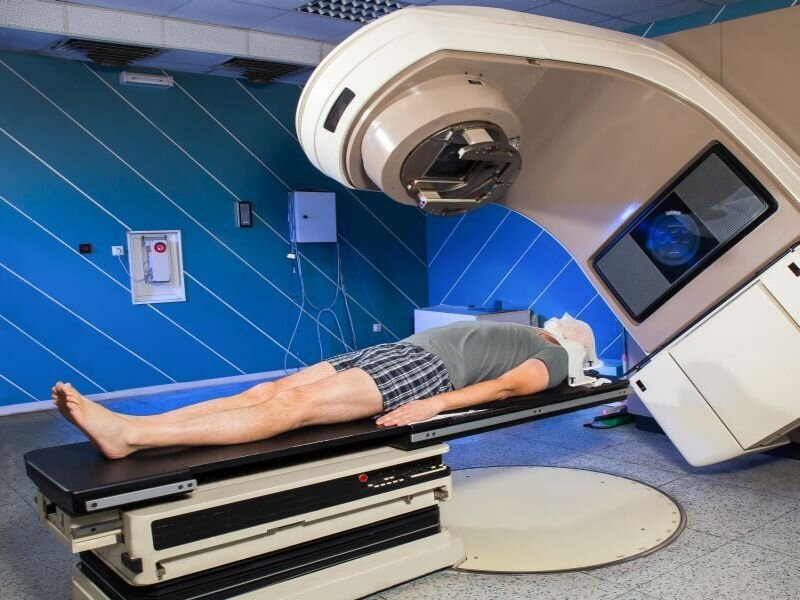Mutations in Tp53 Influence Cancer Treatment And Prognosis
One of many cancer-related genes, TP53 is most likely the very best studied, famous for its tumor suppressor role. It truly does work as being a “sentinel” that monitors abnormal cellular activity, senses cellular stress or damage, and accordingly prevents abnormal cells from dividing or making abnormal cells “kill themselves”, therefore stopping broken cells from multiplying. The p53 protein encoded by TP53 includes a tumor suppressor role and it’s called the “protector within the human genome”.

When a vital role for example TP53 is mutated, it promotes cancer in addition for that failure in the important cell safety mechanism. Understanding the mutation process is essential to prevent cancer and developing more efficient treatments.
Lately, research printed within the journal Cell Reports by Baylor College of medicine inside the u . s . states . States has revealed the way a TP53 gene is mutated along with the role of people mutations in finding clinical prospects.
They, created by Ray Donehower, professor of molecular virology and microbiology at Baylor College of medicine, studied 10, 225 patient samples from 32 different cancers as reported by Cancer Gene Atlas (TCGA) and compared all of them another 80, 000 mutations within the database built in the last three decades by Thierry Soussi, professor of molecular biology inside the College of Sorbonne in Paris.
They discovered that TP53 mutations were more frequent in cancer patients with poorer survival rates in lots of cancer types studied. But study has furthermore found a way to predict prognosis more precisely.
Professor Donehower pointed out: “We found four up-controlled genes in mutant TP53 tumors, whose expression was connected with patient outcome. When the expression amounts of these four genes are high, then it’s achievable that patient prognosis is worse however, when the expression of people genes is extremely reduced patients, it’s possible that patients will live longer where you can better prognosis. The expression of people genes enables doctors to greater understand unable to the individual, not only reference a person’s TP53 mutation.”

Inside the genetic level, they found a apparent pattern of TP53 gene loss. Greater than 91% of TP53 mutant cancers exhibit second-allele mutation loss, this is because mutation, genetic deletion, or gene duplication. However, the incidence of gene duplication will always be greater than formerly thought.
It’s in addition proven that TP53 mutations are strongly connected with genomic instability, suggesting employment for normal proteins in monitoring genetic integrity. In several TP53 mutant tumors, there’s elevated oncogene amplification furthermore to profound inadequate tumor suppressor genes. Tumors with TP53 mutations vary from non-mutated tumors in RNA, miRNA, and protein expression patterns, and mutated TP53 tumors show enhanced expression of cell cycle progression genes and proteins. In addition, the mutant TP53 RNA expression signature was considerably connected with reduced survival in 11 cancer types. Thus, TP53 mutations possess a profound effect on tumor cell genomic structure, expression, and clinical prospects.
Although there are many studies on TP53, this can be really the very first time that five different data collection methods are really acquainted with identify such a lot of tumors and cancer types. Donehower noticed that what size these studies permitted his team to note patterns and correlations introduced about by large samples, which might not be apparent in smaller sized sized sized samples.




